Florida Takes Big Step Toward Expanding Voting Rights To Over 1.5 Million People
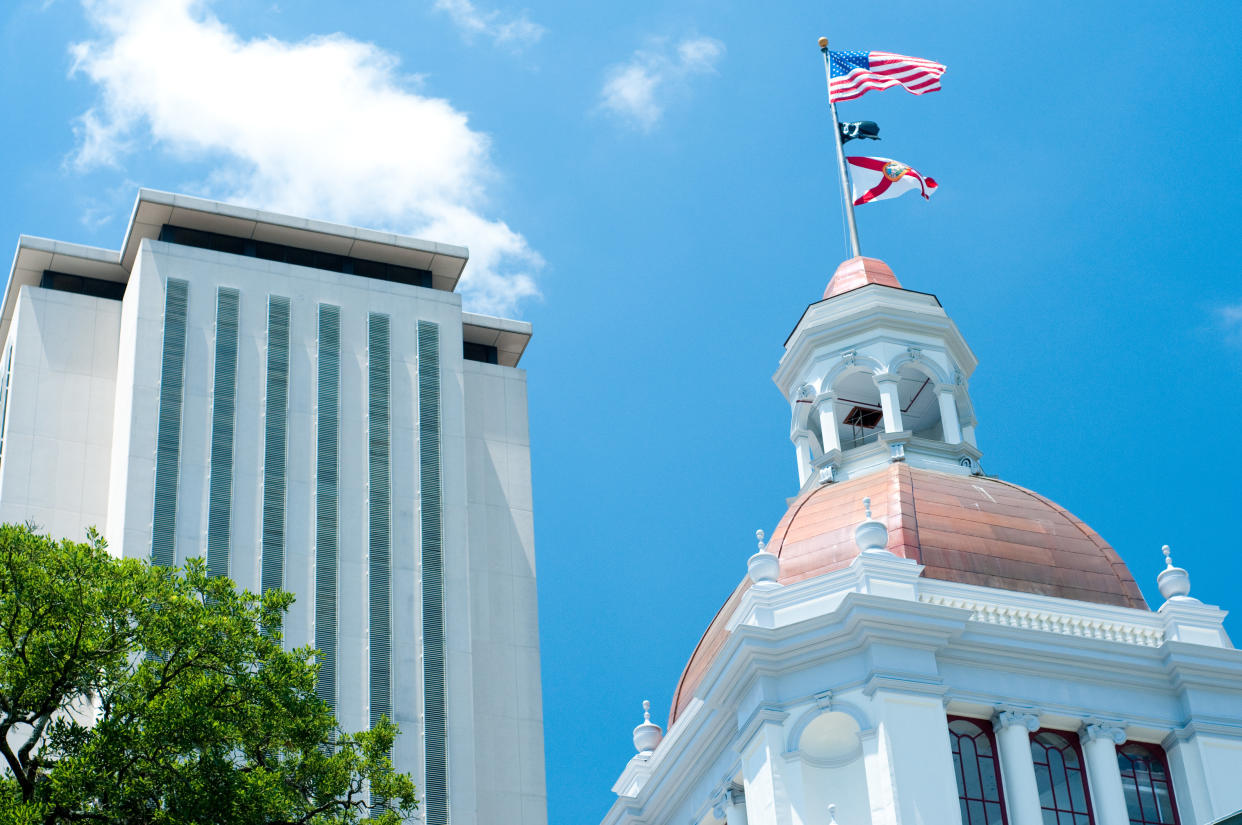
Floridians will get to decide in November whether they want to amend the state constitution to automatically restore voting rights to felons once they complete their sentences, a move that could significantly expand the franchise to over 1.5 million people.
Florida election officials verified Tuesday that organizers had gathered enough petitions to put the referendum on the ballot this year. Just gathering those signatures was a herculean task for the grassroots effort ― Florida law required the organizers to gather 766,200 signatures, equal to 8 percent of the votes cast in the last presidential election. Within that amount, organizers also had to collect 8 percent of the presidential vote totals from 14 of the state’s 27 congressional districts.
“Through the hard work of Florida voters and unwavering dedication of a truly grassroots movement, we have reached a historic milestone and have officially placed the Second Chances Voting Restoration Amendment on the ballot,” Desmond Meade, chair of Floridians for a Fair Democracy and spokesperson for Second Chances Florida Campaign, said in a statement. “Voters took matters in their own hands to ensure that their fellow Floridians, family members, and friends who’ve made past mistakes, served their time and paid their debts to society are given a second chance and the opportunity to earn back their ability to vote.”
To pass in November, the referendum will need to get the support of 60 percent of voters.
Florida has some of the most restrictive laws when it comes to restoring rights to felons. The state is one of four that permanently strips people with a felony conviction of the right to vote. Once they complete their sentences, felons can apply to have their rights restored. To do so, they have to appeal to the state’s executive clemency board, which consists of the governor, attorney general, chief financial officer and commissioner of agriculture. The board meets once every three months to hear fewer than 100 cases ― but there are tens of thousands of petitions, meaning it can take years for people to get a hearing. Florida Gov. Rick Scott (R) also implemented new rules in 2011 making it so that felons must wait at least five years after completing their parole and paying all fines and fees before they can apply to have their rights restored.
If approved by Florida voters, the ballot initiative would eliminate that process by automatically restoring voting rights to people who complete all terms of their sentence. The amendment would not restore voting rights to people convicted of murder or sexual offenses.
Kerri Wyland, a spokeswoman for Scott, said it was up to Floridians to decide whether to restore voting rights to former felons.
“This is a decision for each voter to decide on,” she said in an email. “The Governor has been clear that the most important thing to him is that felons can show that they can lead a life free of crime and be accountable to their victims and our communities.”
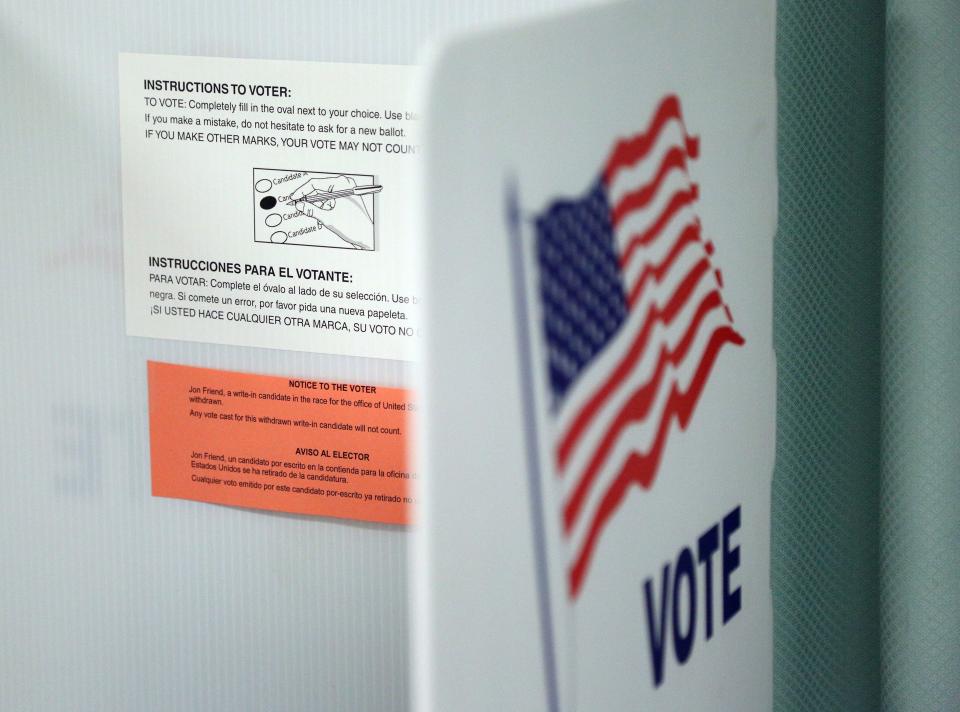
Nationally, about 6.1 million people are disenfranchised because of a felony conviction, according to the Sentencing Project, meaning the people disenfranchised in Florida make up about one-quarter of that population. The analysis found African-American voting-age adults are four times more likely than non-African-Americans to be disenfranchised; in Florida about 1 in every 5 eligible African-American voter is disenfranchised.
Florida’s disenfranchisement policies have roots in the Jim Crow South. After the Civil War, Congress forced Florida and other southern states to ratify the 13th and 14th amendments and to write new state constitutions guaranteeing universal male suffrage. Florida lawmakers did so, but also created criminal codes targeting black voters and then stripped people convicted of certain crimes of their right to vote.
This article has been updated with comment from Wyland.
Related Coverage
Florida Supreme Court Signs Off On Effort To Restore Voting Rights To Over 1 Million People
Also on HuffPost
Alabama State Capitol (Montgomery, Ala.)
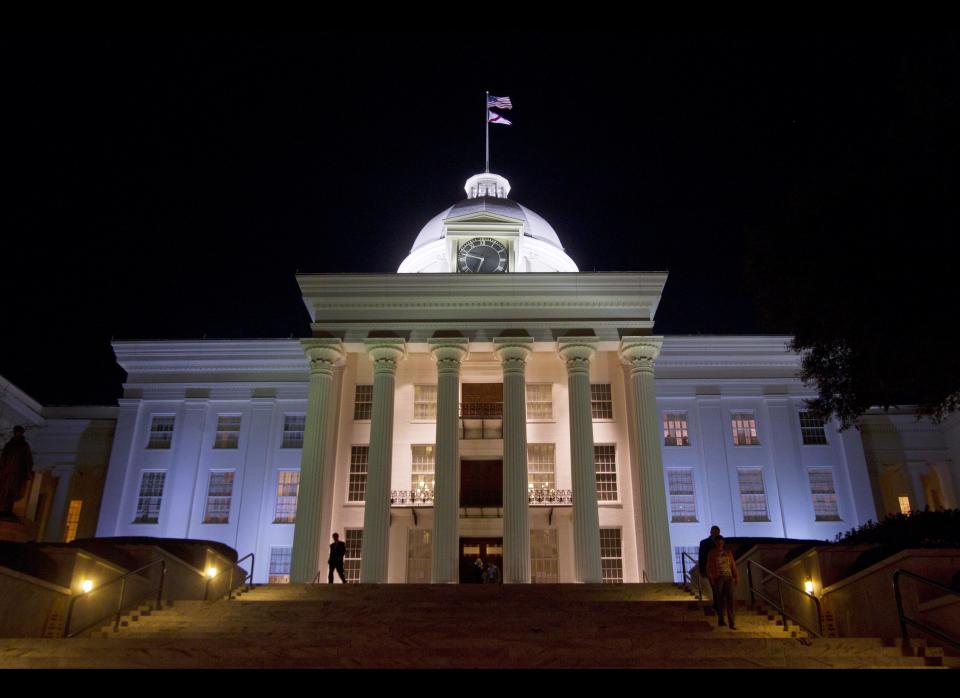
Alaska State Capitol (Juneau, Alaska)
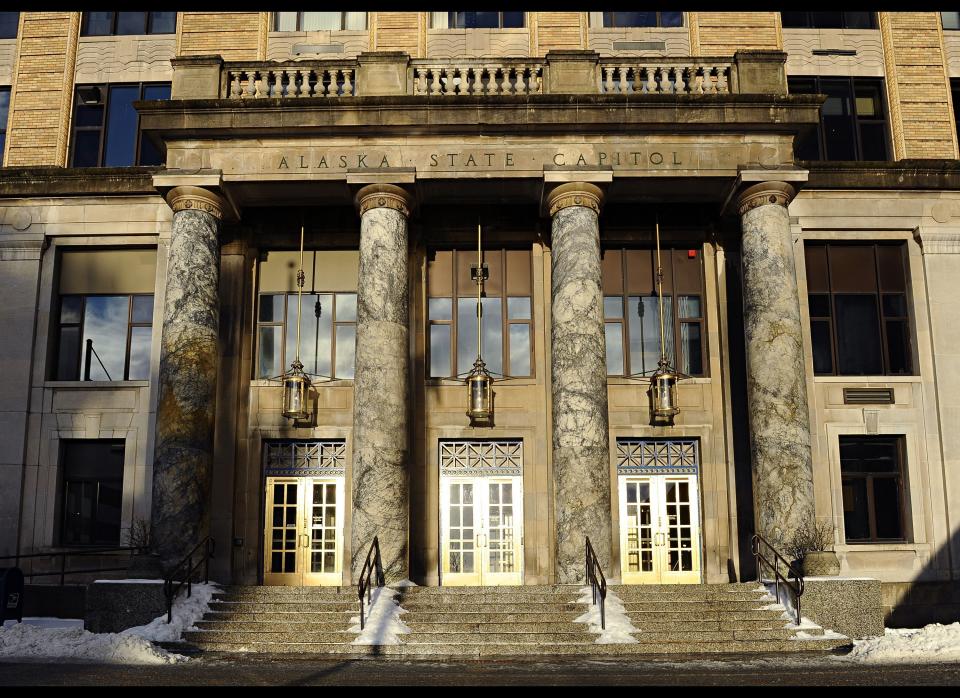
Arizona State Capitol (Phoenix)
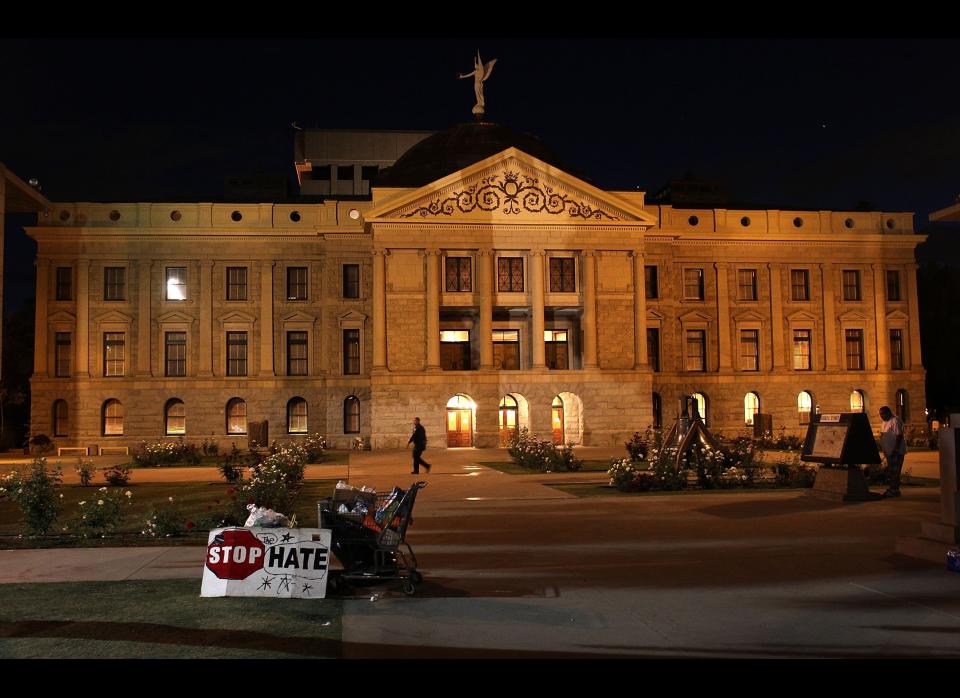
Arkansas State Capitol (Little Rock, Ark.)
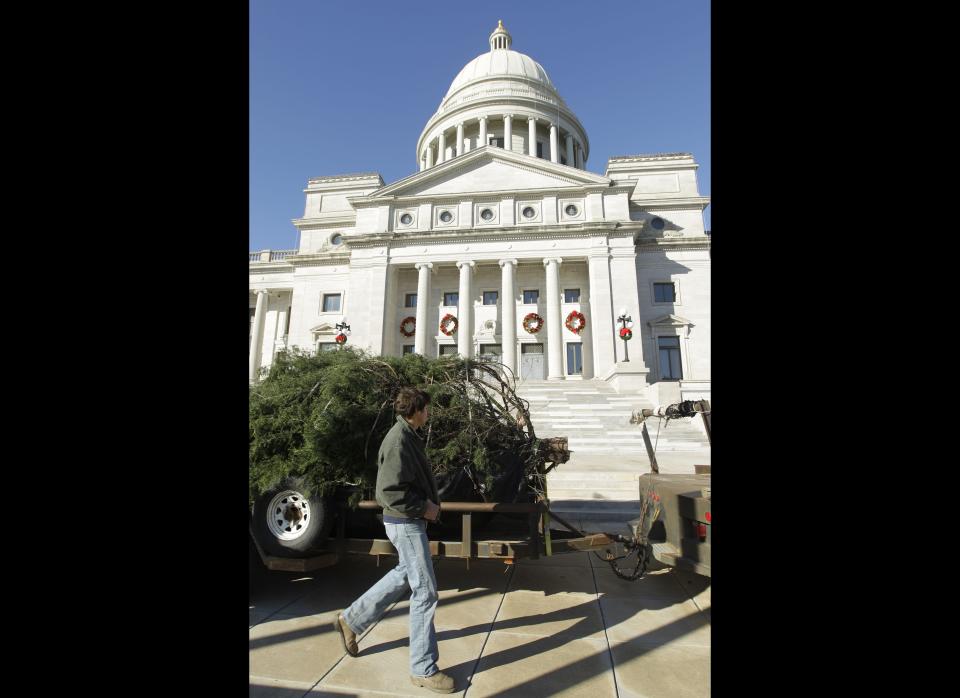
California State Capitol (Sacramento, Calif.)
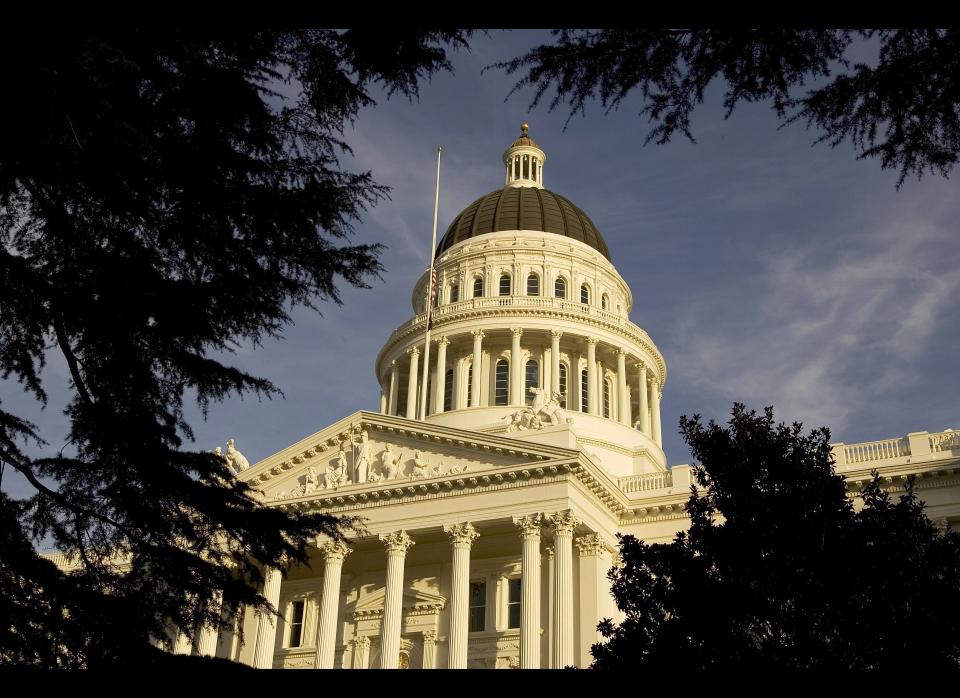
Colorado State Capitol (Denver)
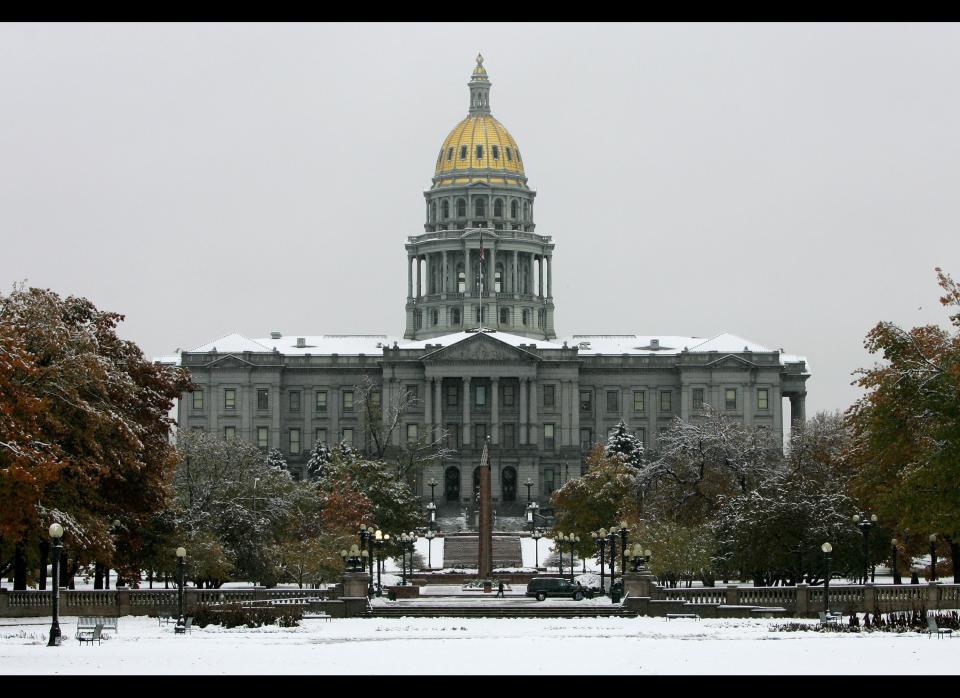
Connecticut State Capitol (Hartford, Conn.)
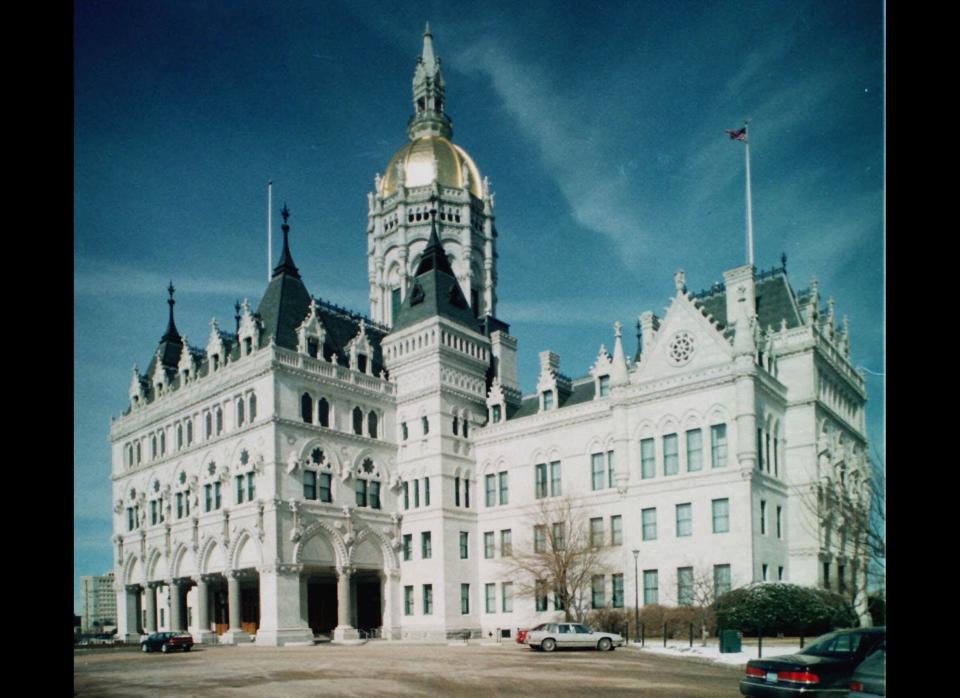
Delaware State Capitol (Dover, Del.)
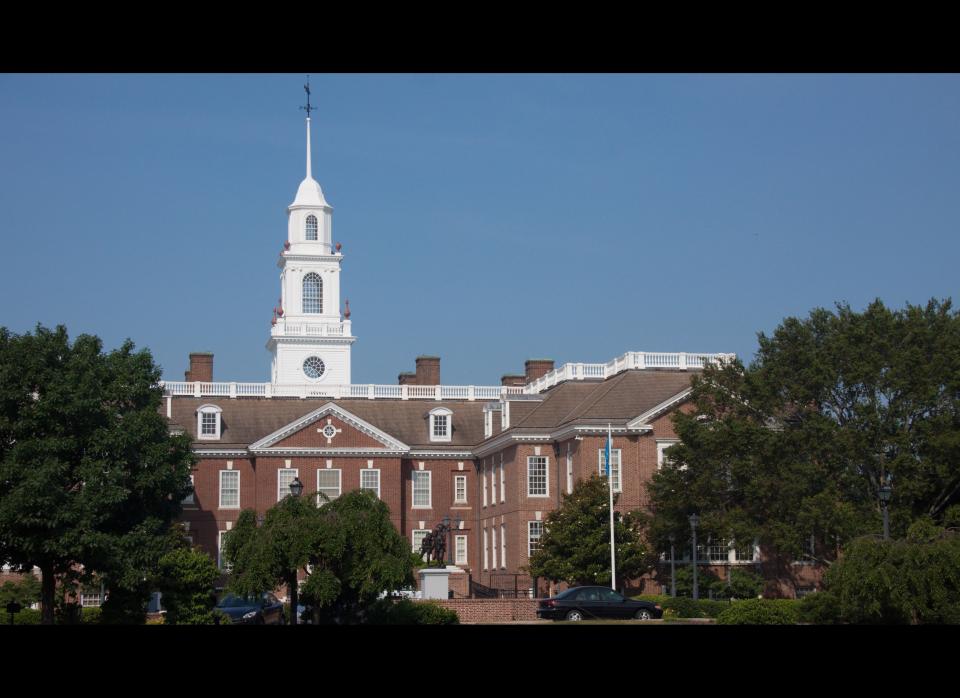
Florida State Capitol (Tallahassee, Fla.)
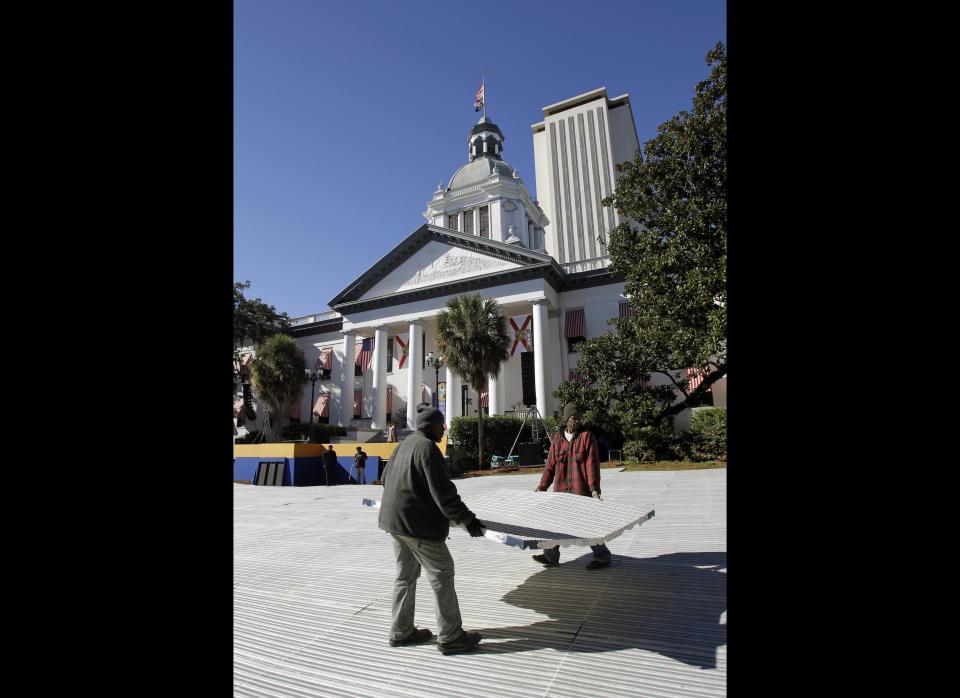
Georgia State Capitol (Atlanta)
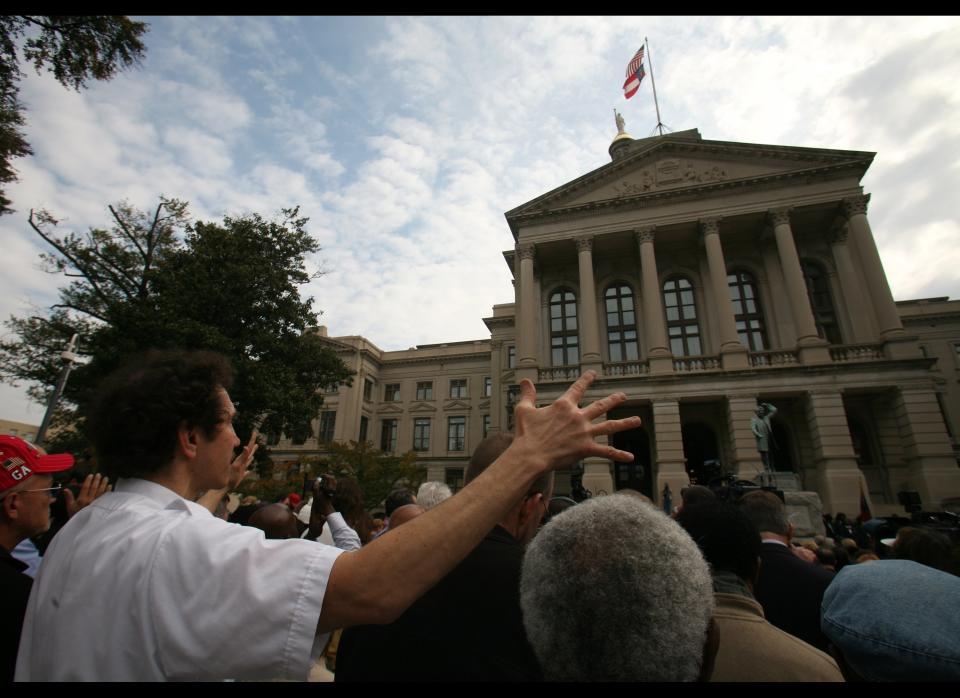
Hawaii State Capitol (Honolulu)
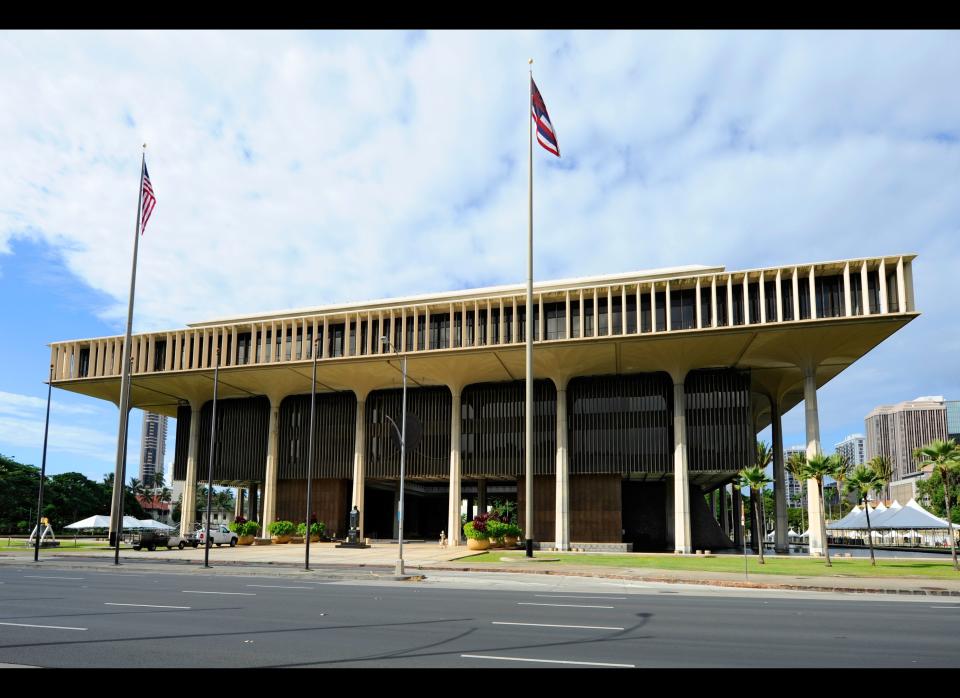
Idaho State Capitol (Boise, Idaho)
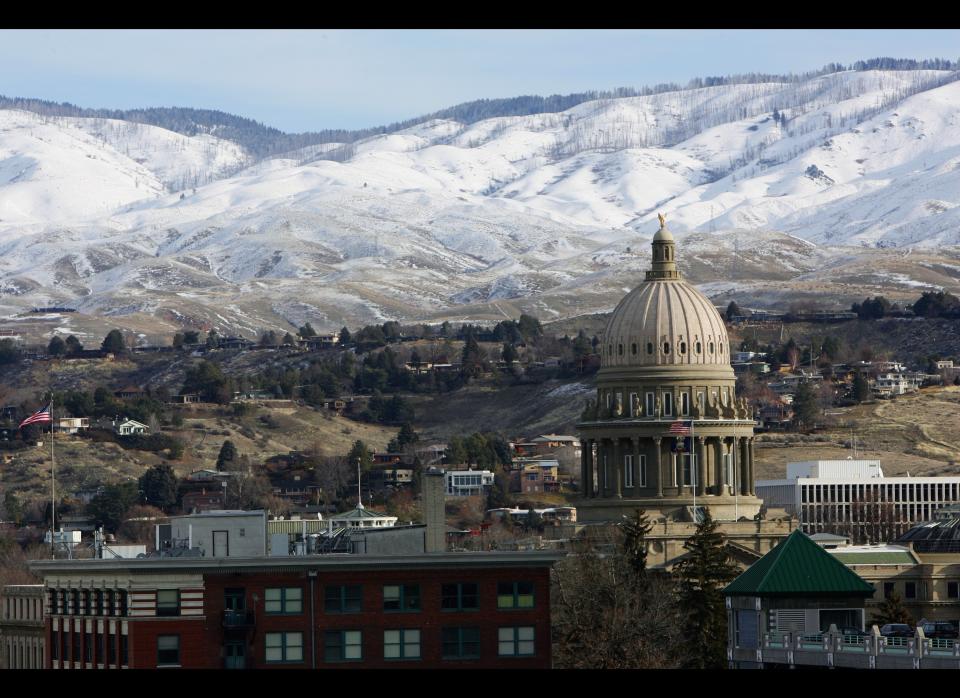
Illinois State Capitol (Springfield, Ill.)
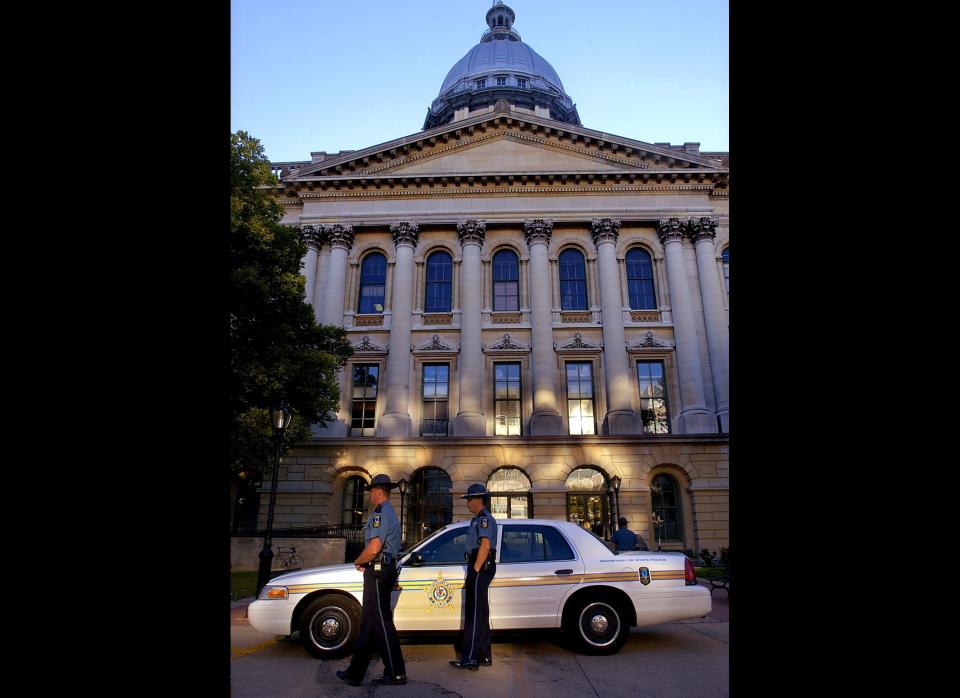
Indiana State Capitol (Indianapolis)
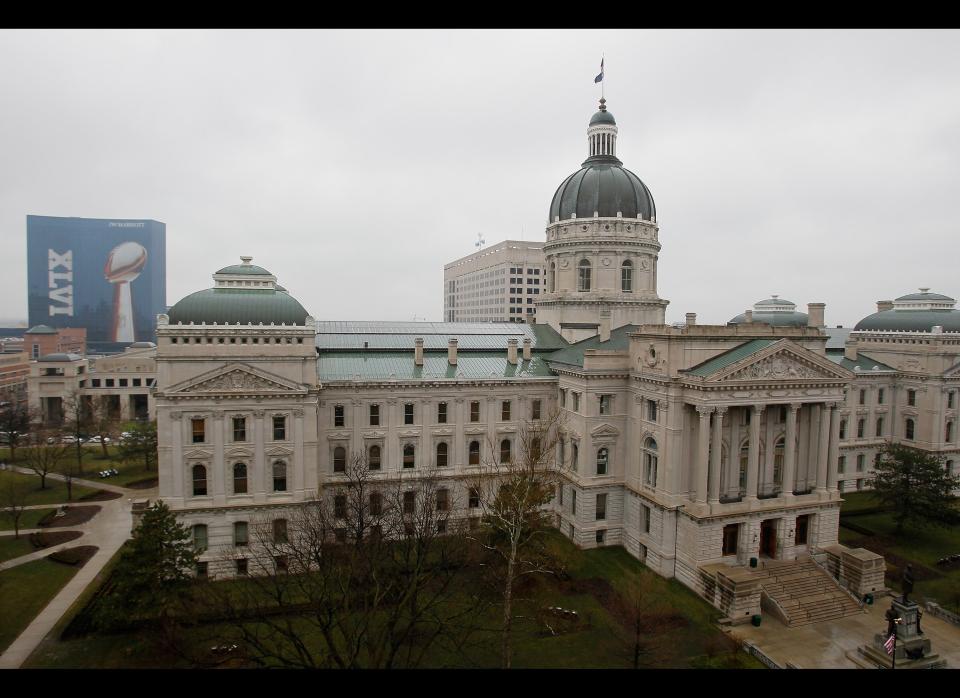
Iowa State Capitol (Des Moines, Iowa)
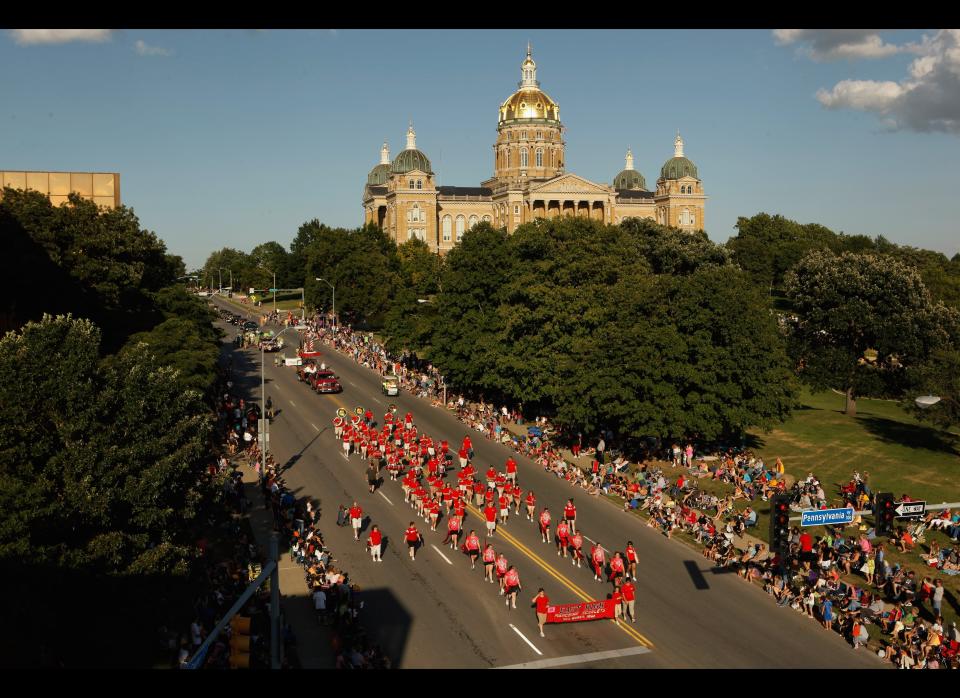
Kansas State Capitol (Topeka, Kan.)
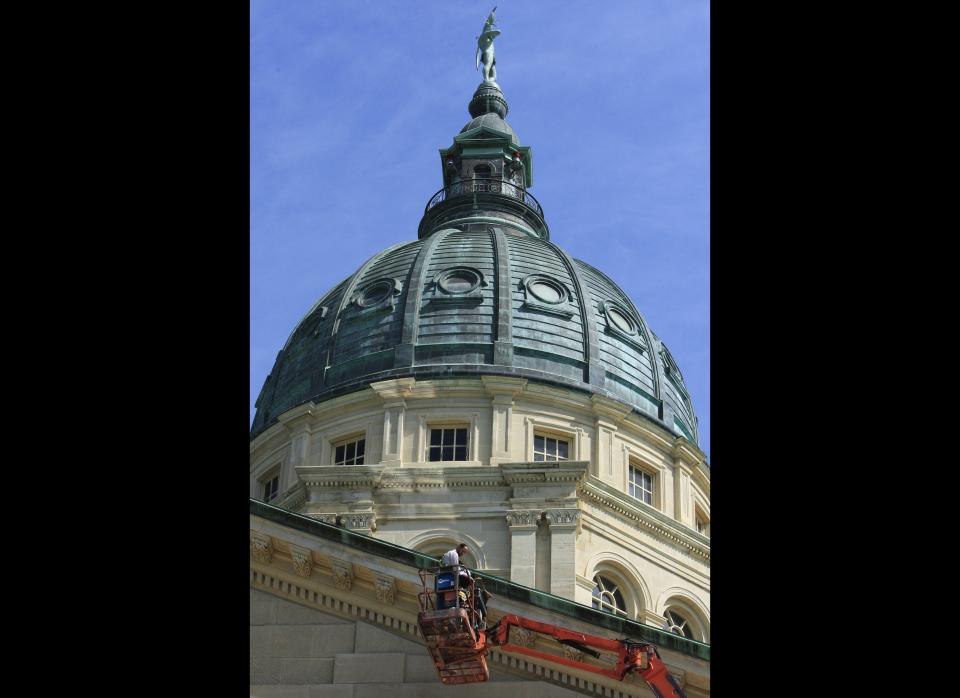
Kentucky State Capitol (Frankfort, Ky.)
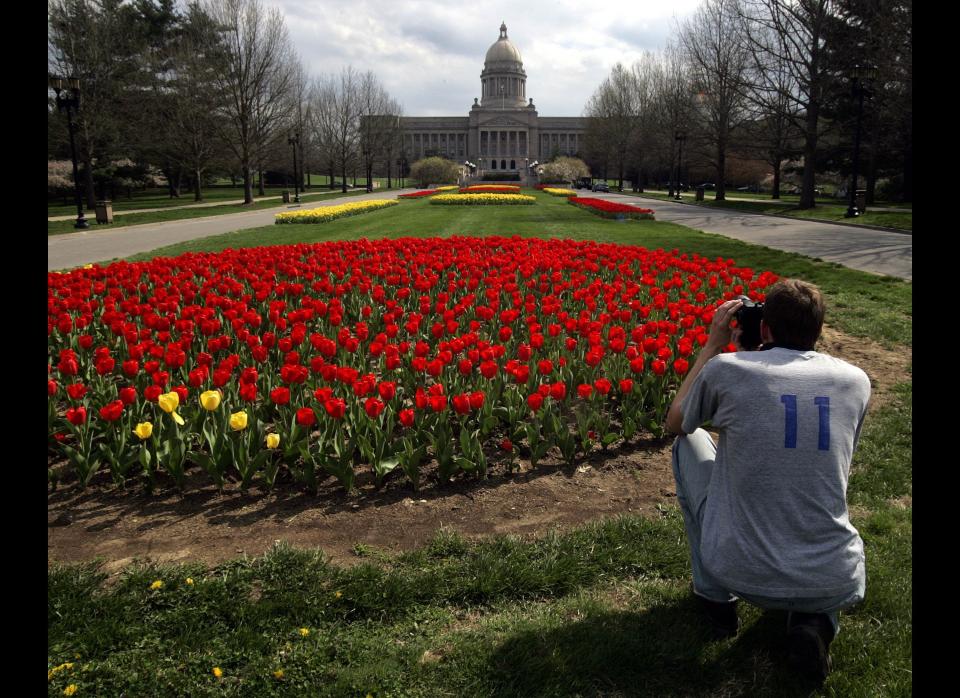
Louisiana State Capitol (Baton Rouge, La.)
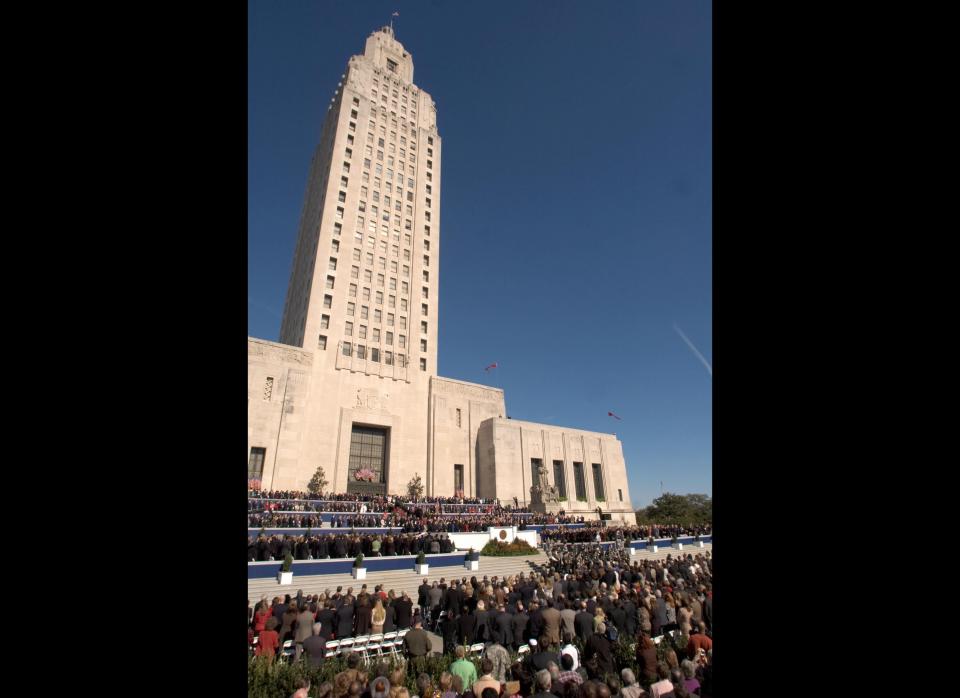
Maine State Capitol (Augusta, Me.)
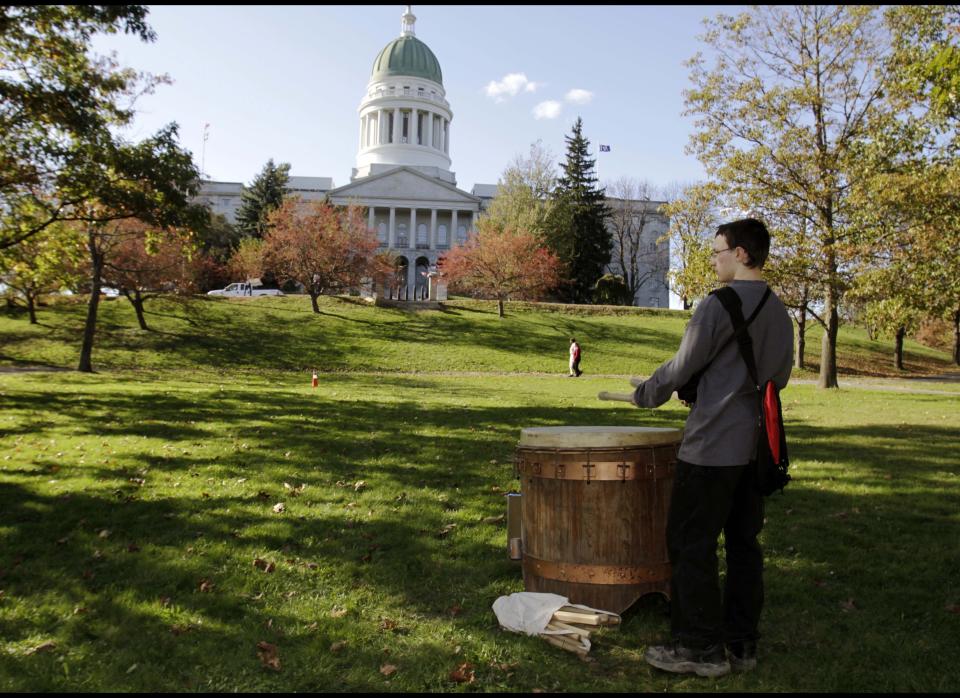
Maryland State House (Annapolis, Md.)
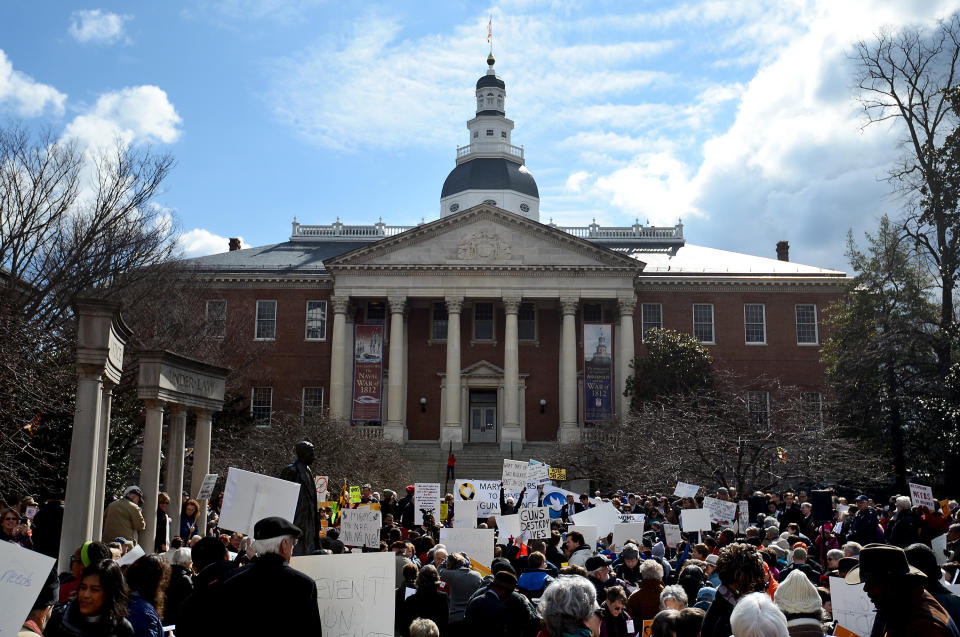
Massachusetts State House (Boston)
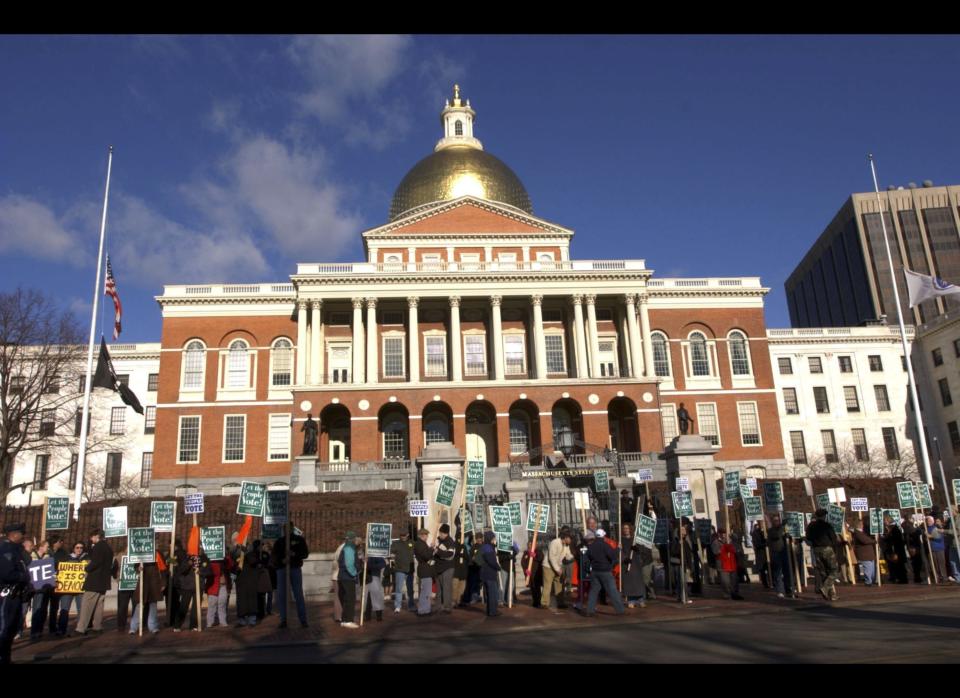
Michigan State Capitol (Lansing, Mich.)
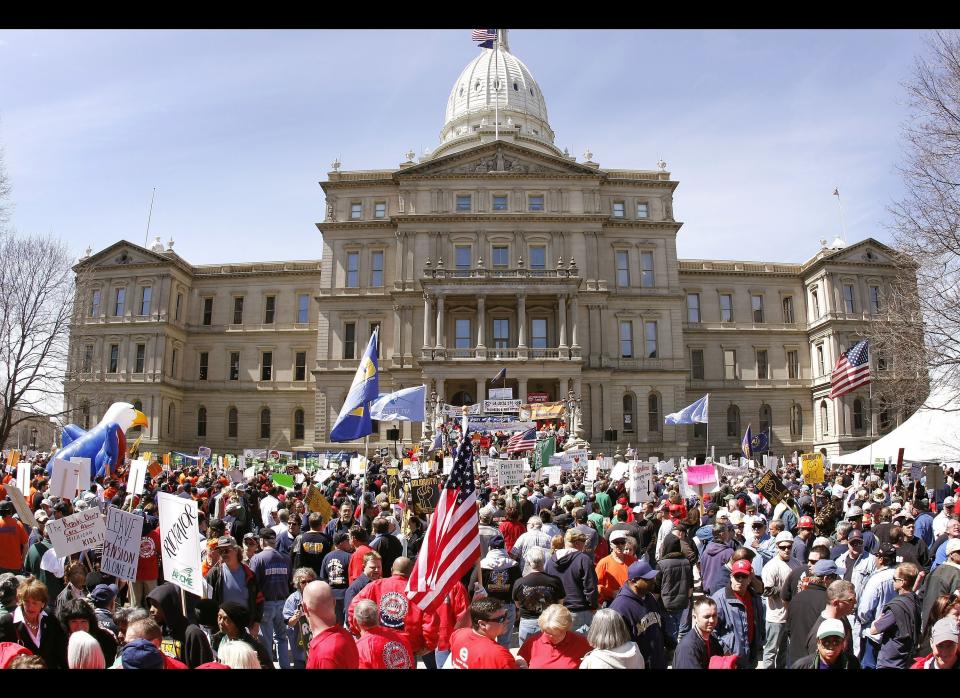
Minnesota State Capitol (St. Paul, Minn.)
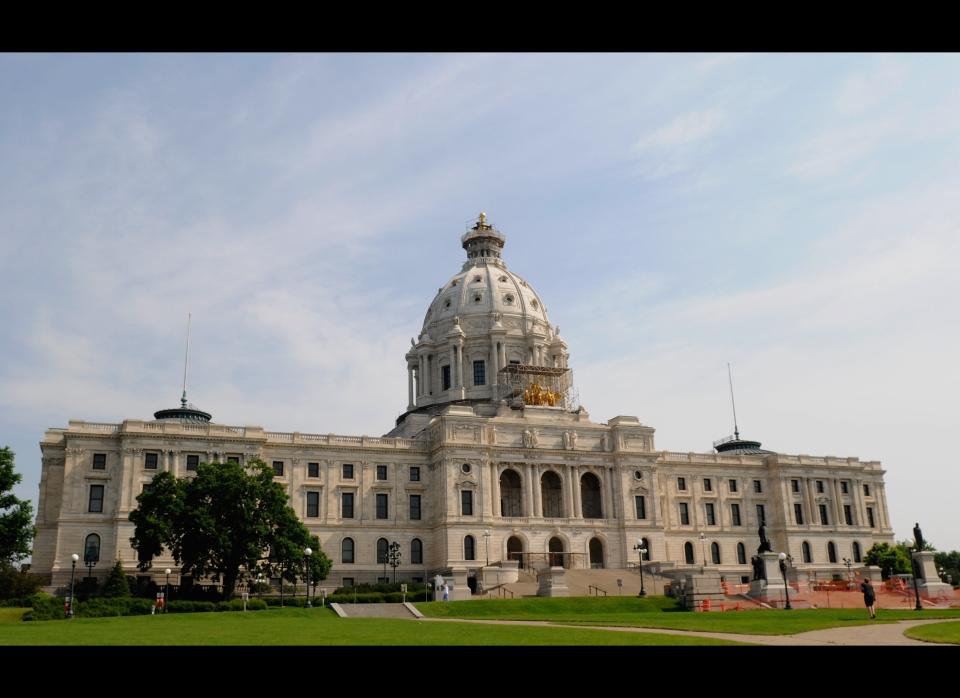
Mississippi State Capitol (Jackson, Miss.)
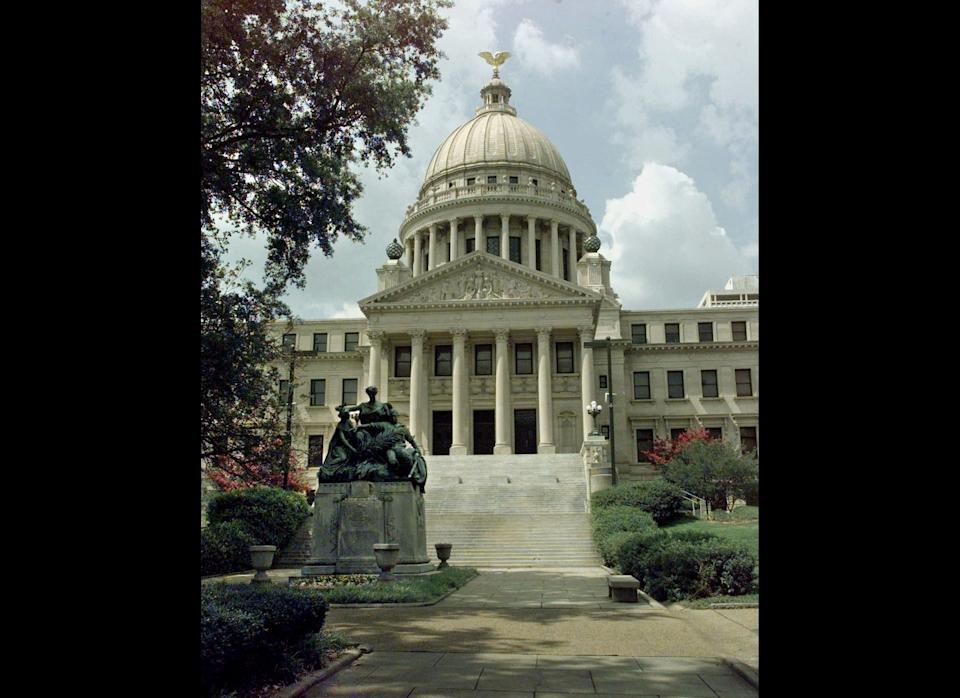
Missouri State Capitol (Jefferson City, Mo.)

Montana State Capitol (Helena, Mont.)
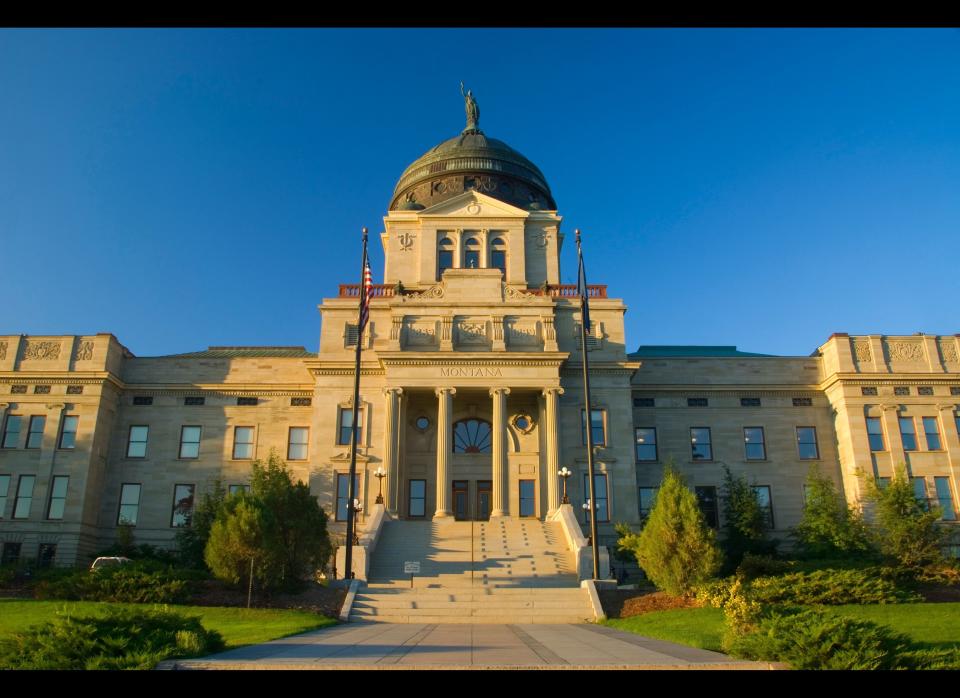
Nebraska State Capitol (Lincoln, Neb.)
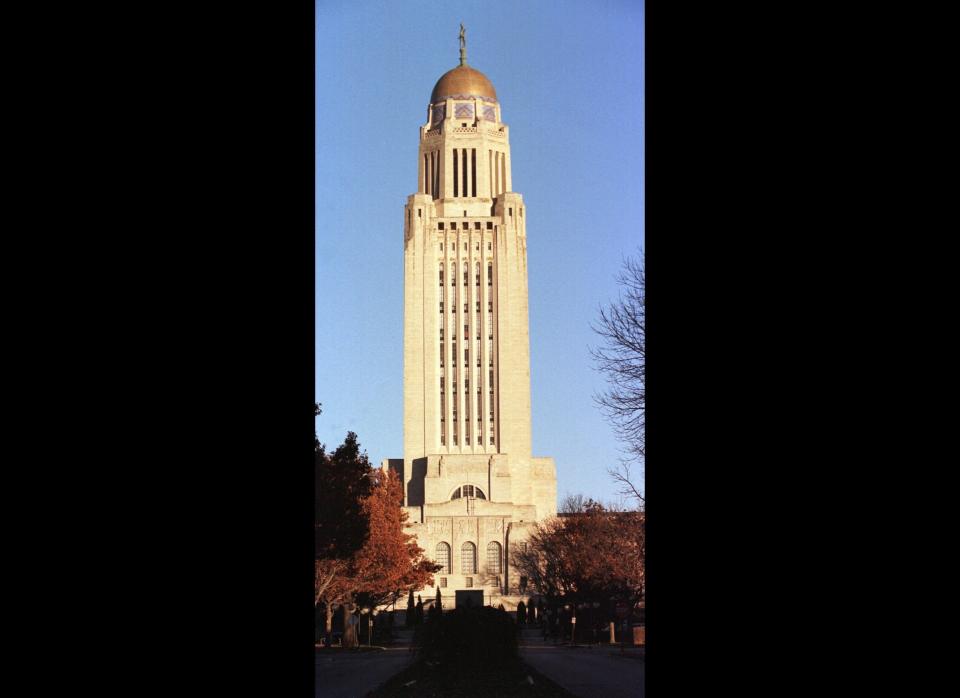
Nevada State Capitol (Carson City, Nev.)
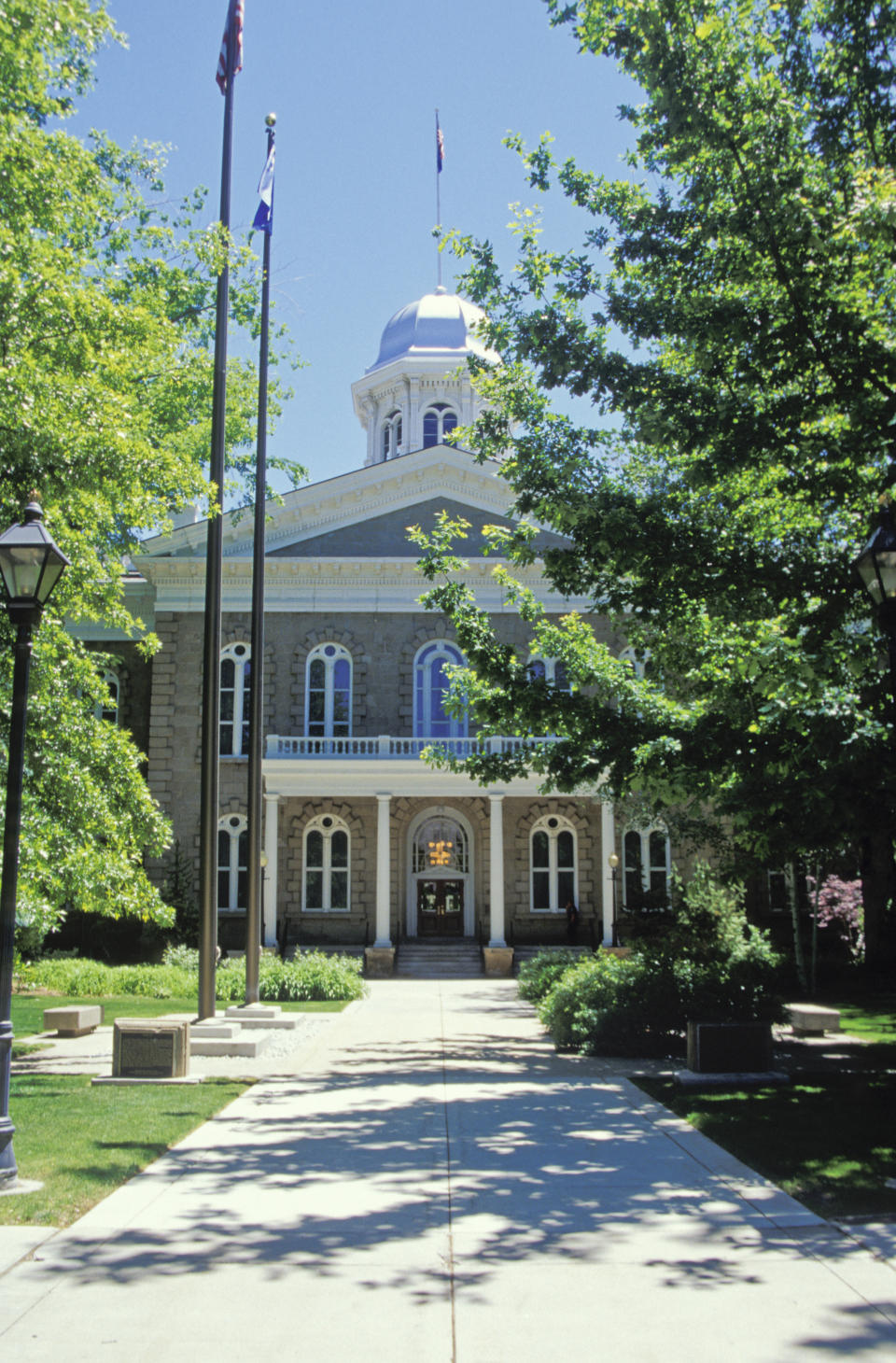
New Hampshire State House (Concord, N.H.)
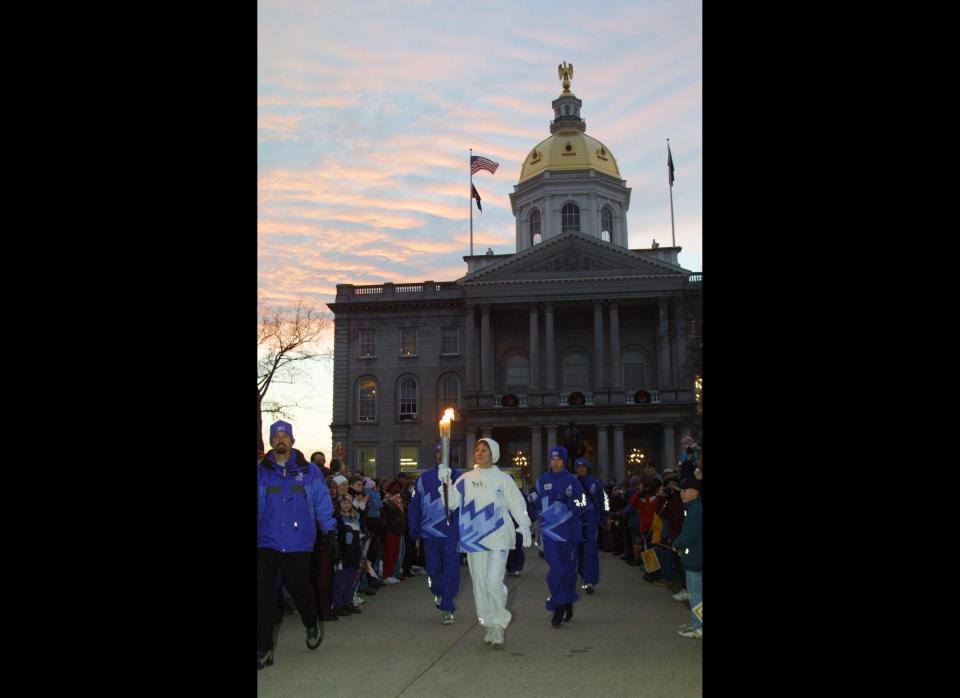
New Jersey State House (Trenton, N.J.)
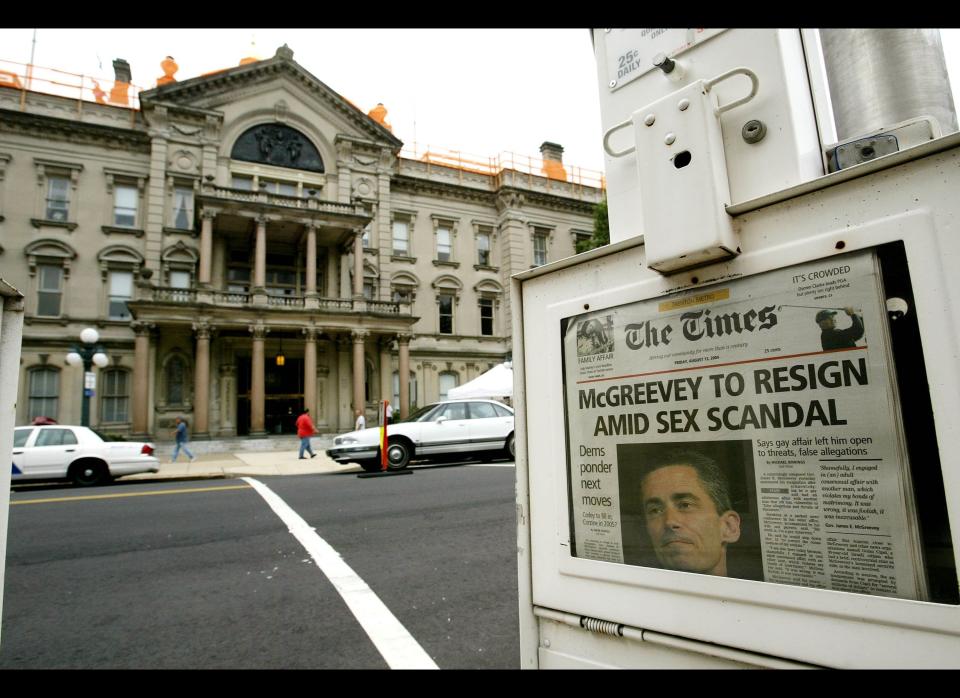
New Mexico State Capitol (Santa Fe, N.M.)
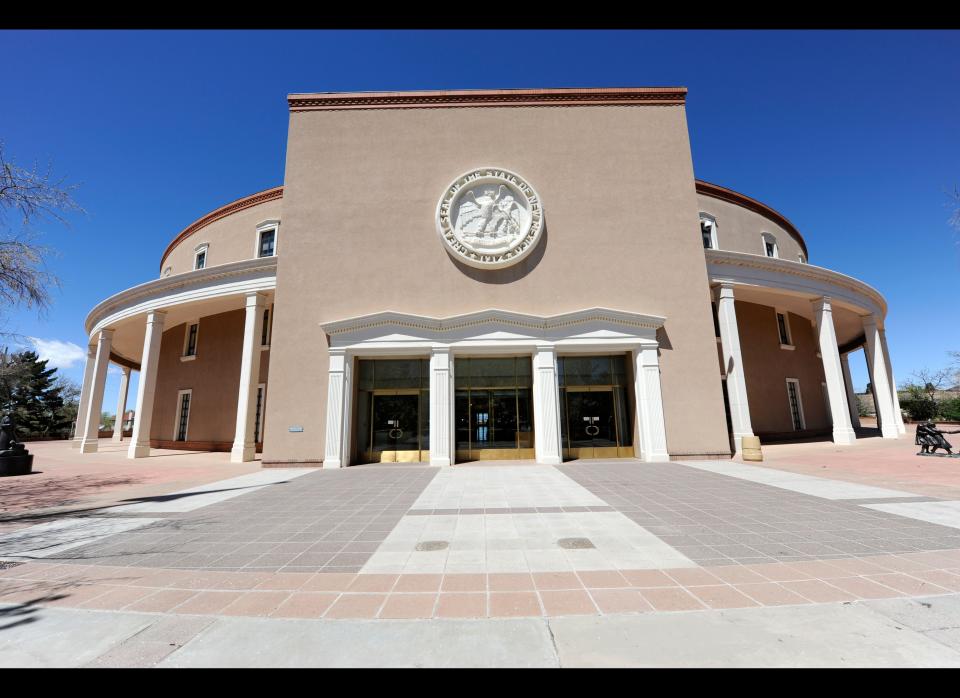
New York State Capitol (Albany, N.Y.)
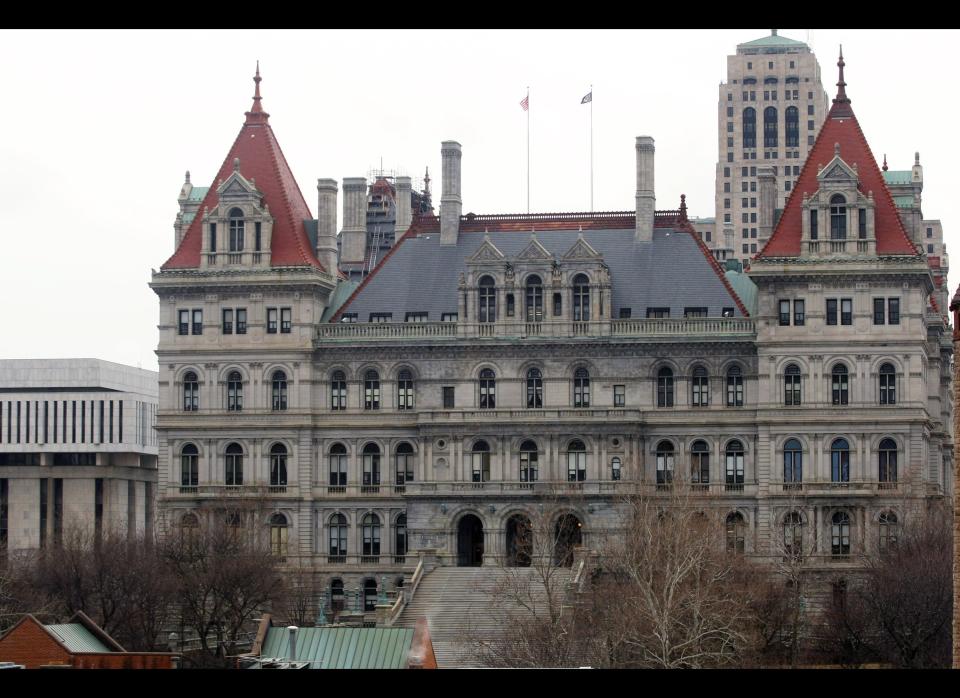
North Carolina State Capitol (Raleigh, N.C.)
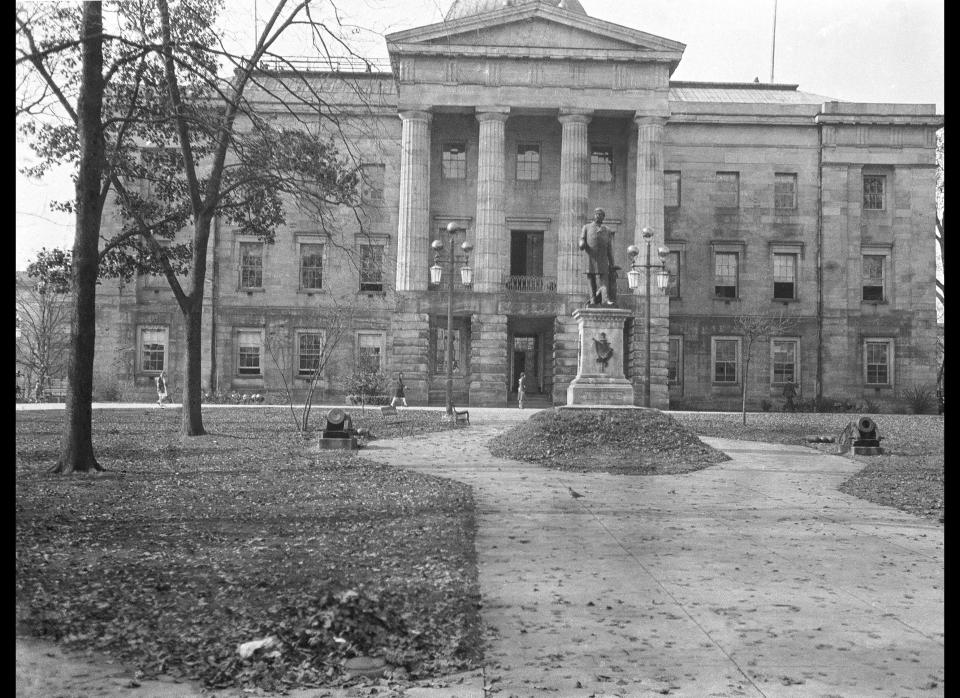
North Dakota State Capitol (Bismarck, N.D.)
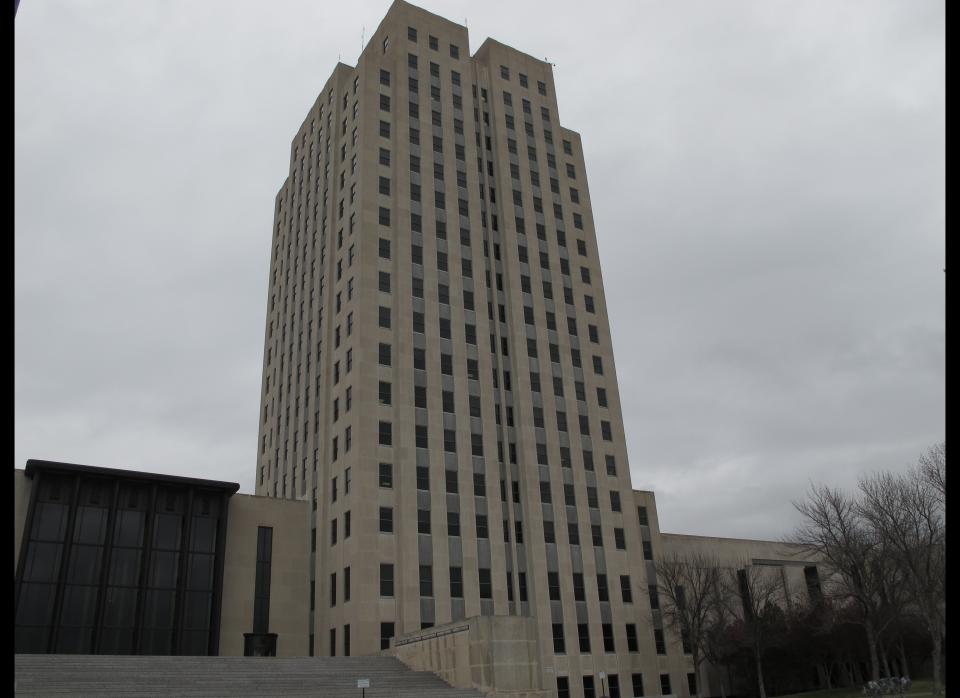
Ohio Statehouse (Columbus, Ohio)
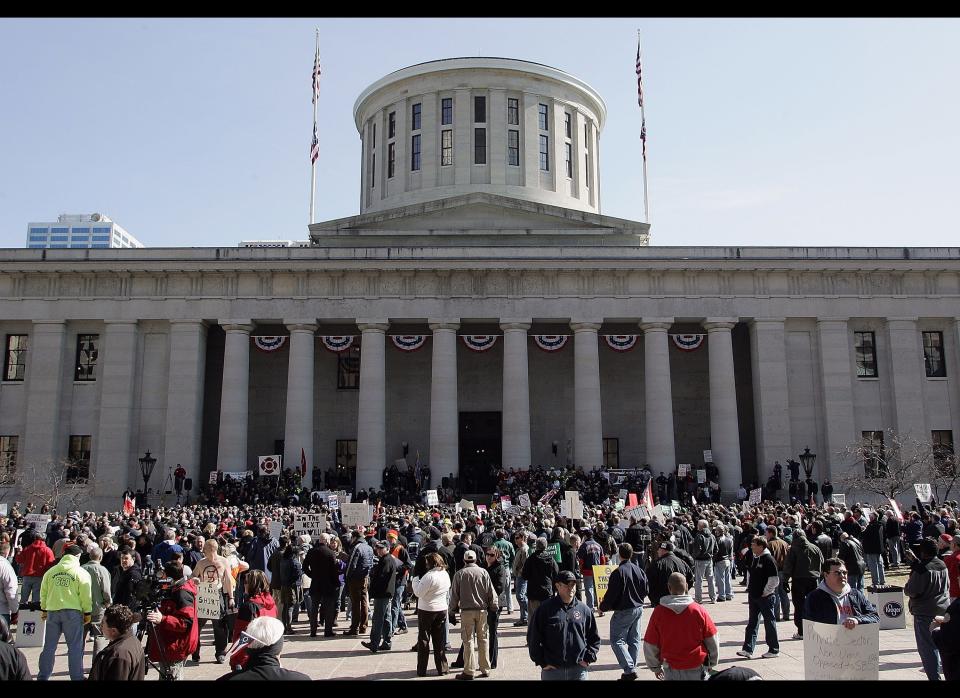
Love HuffPost? Become a founding member of HuffPost Plus today.
This article originally appeared on HuffPost.

